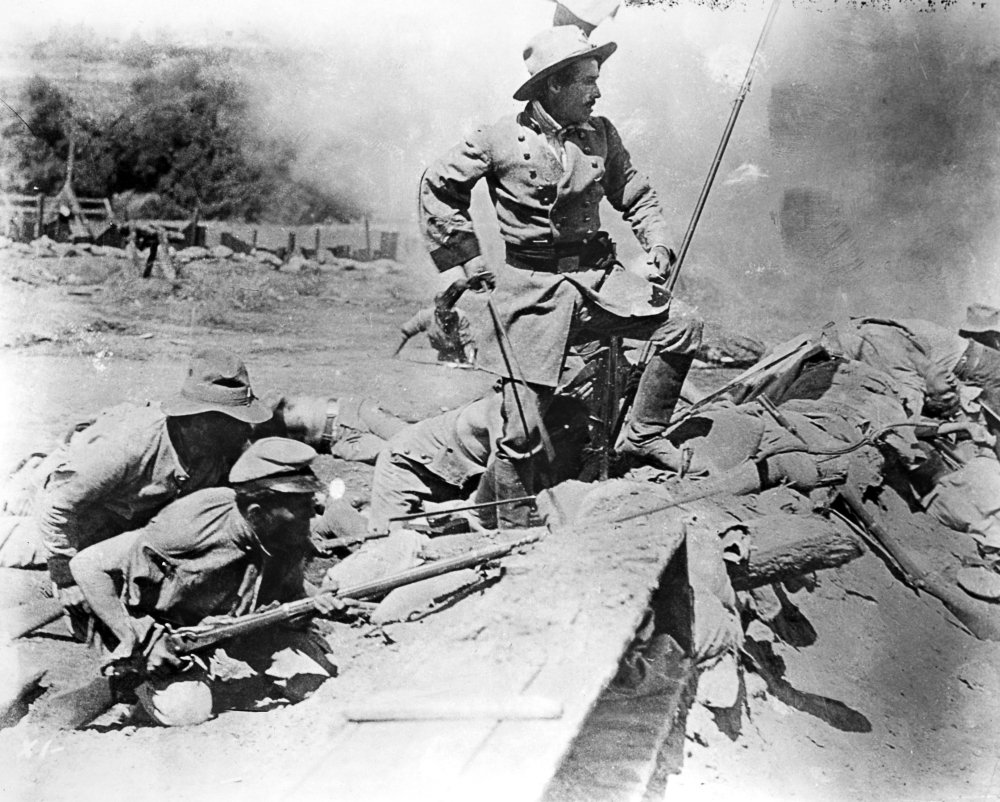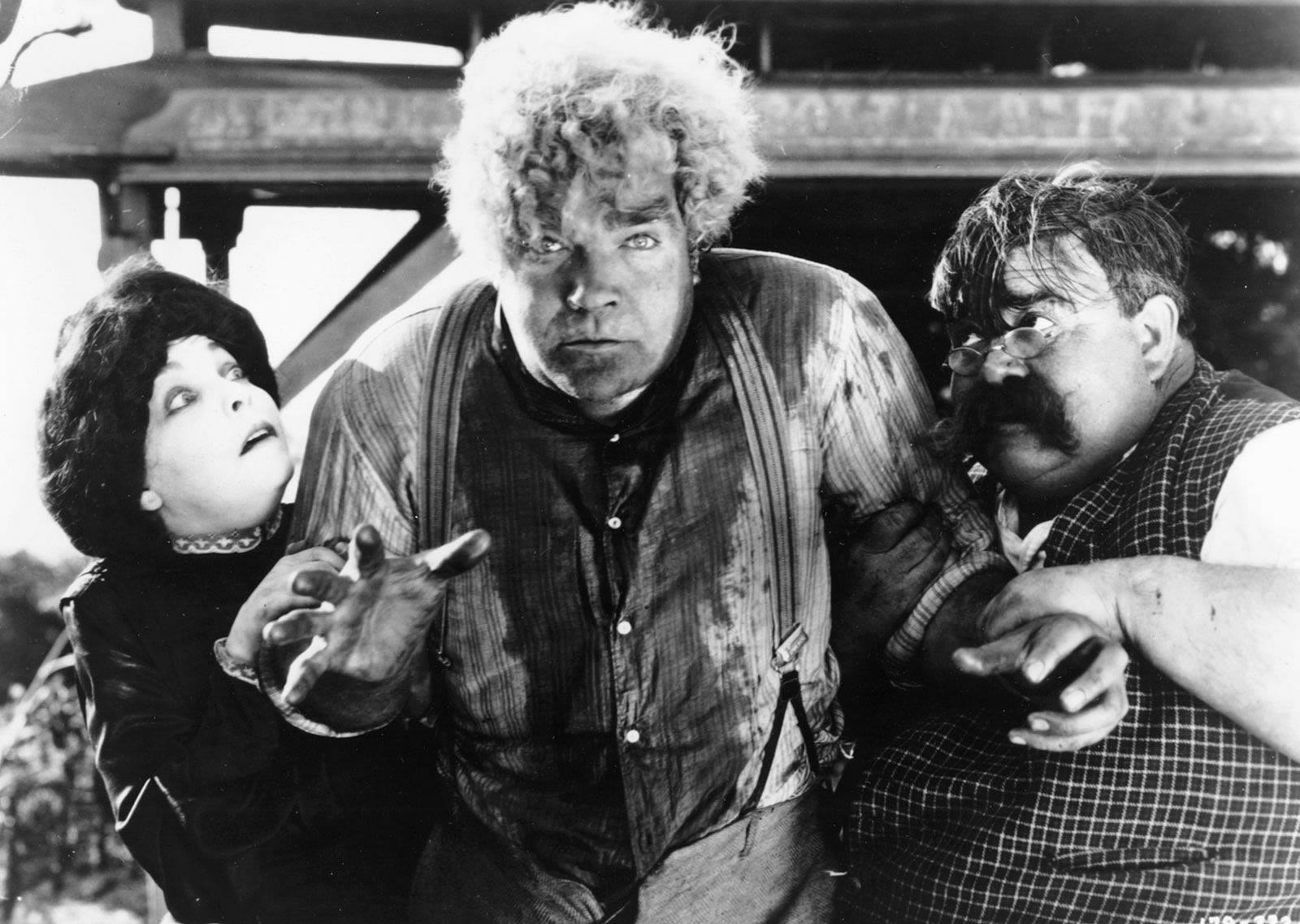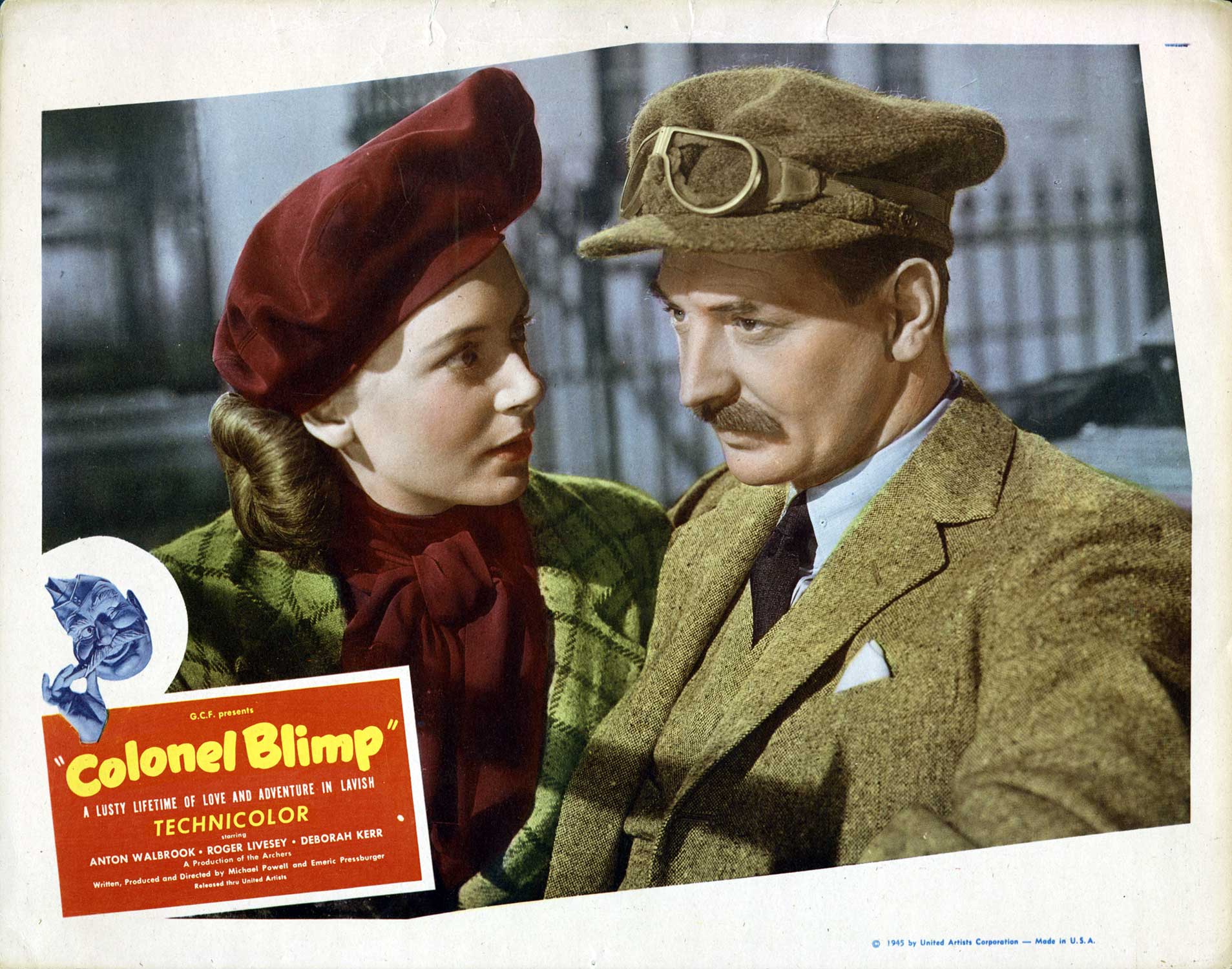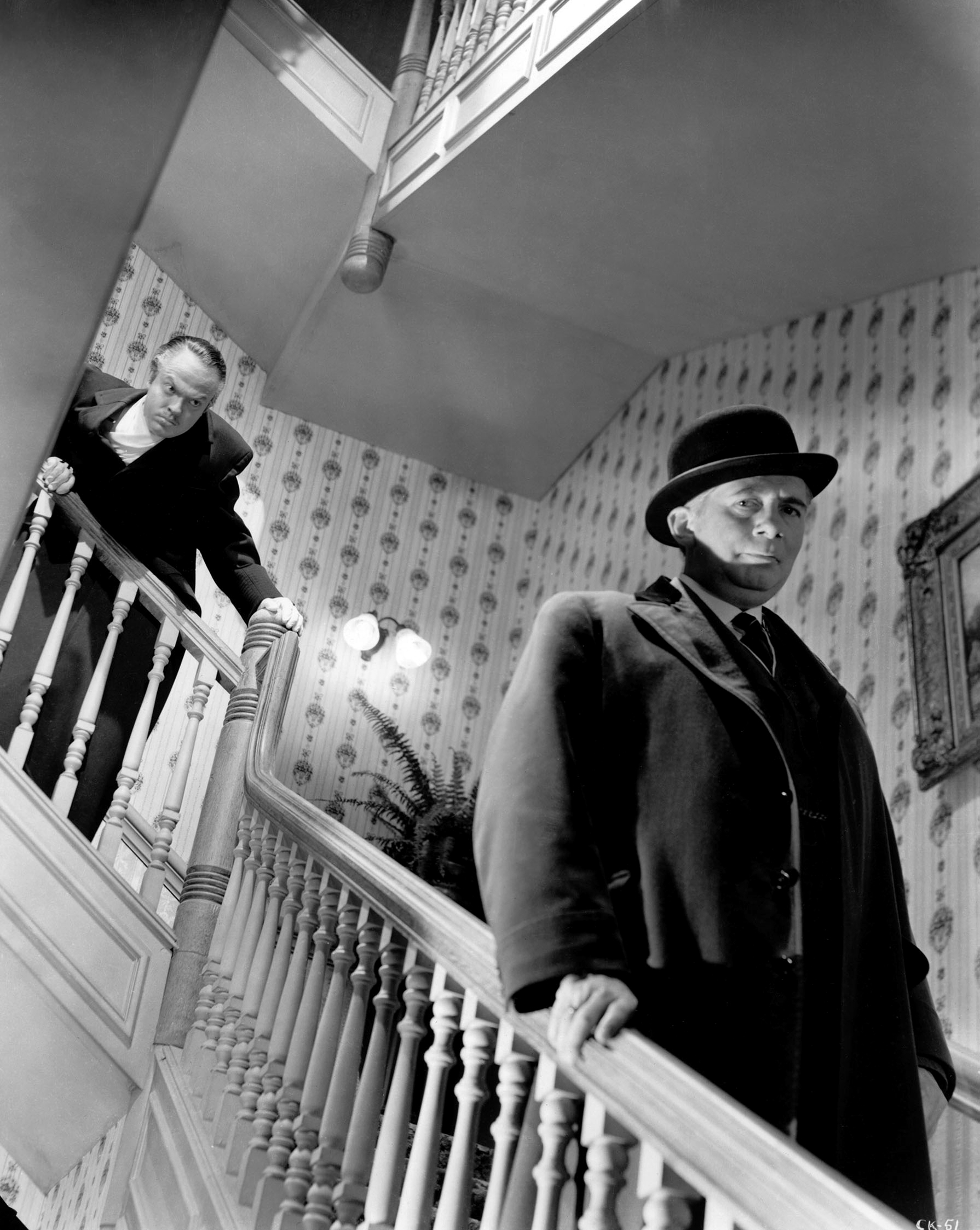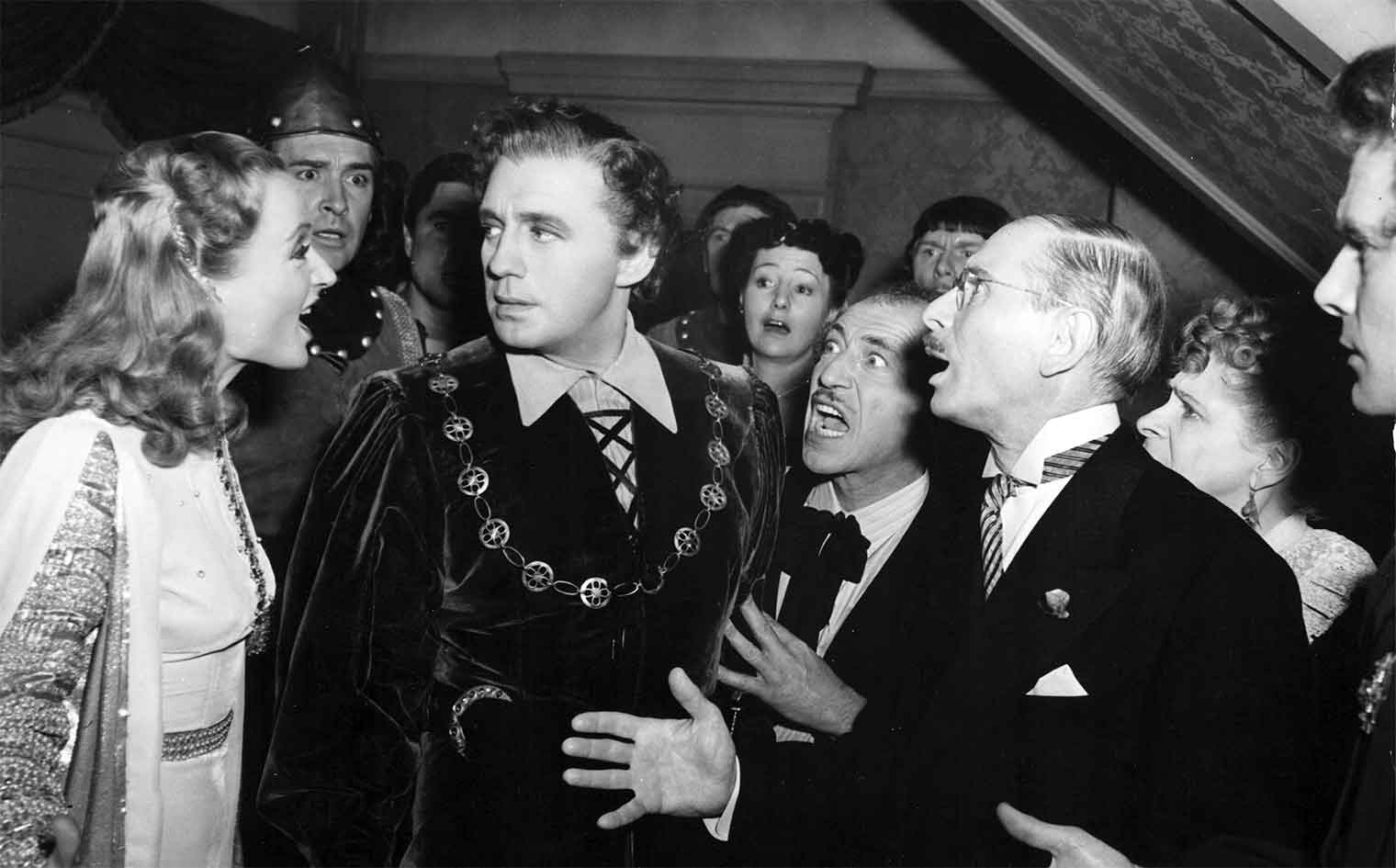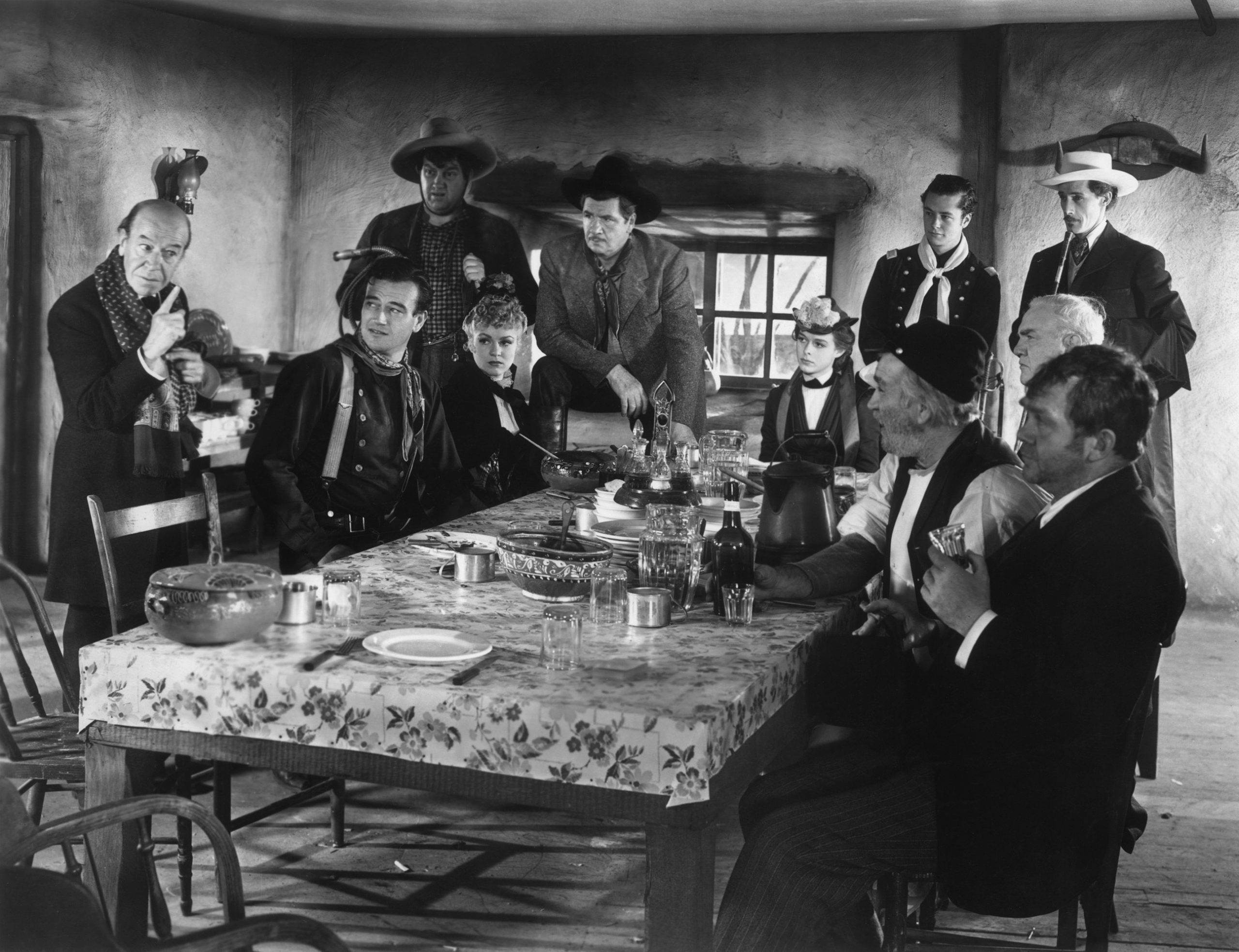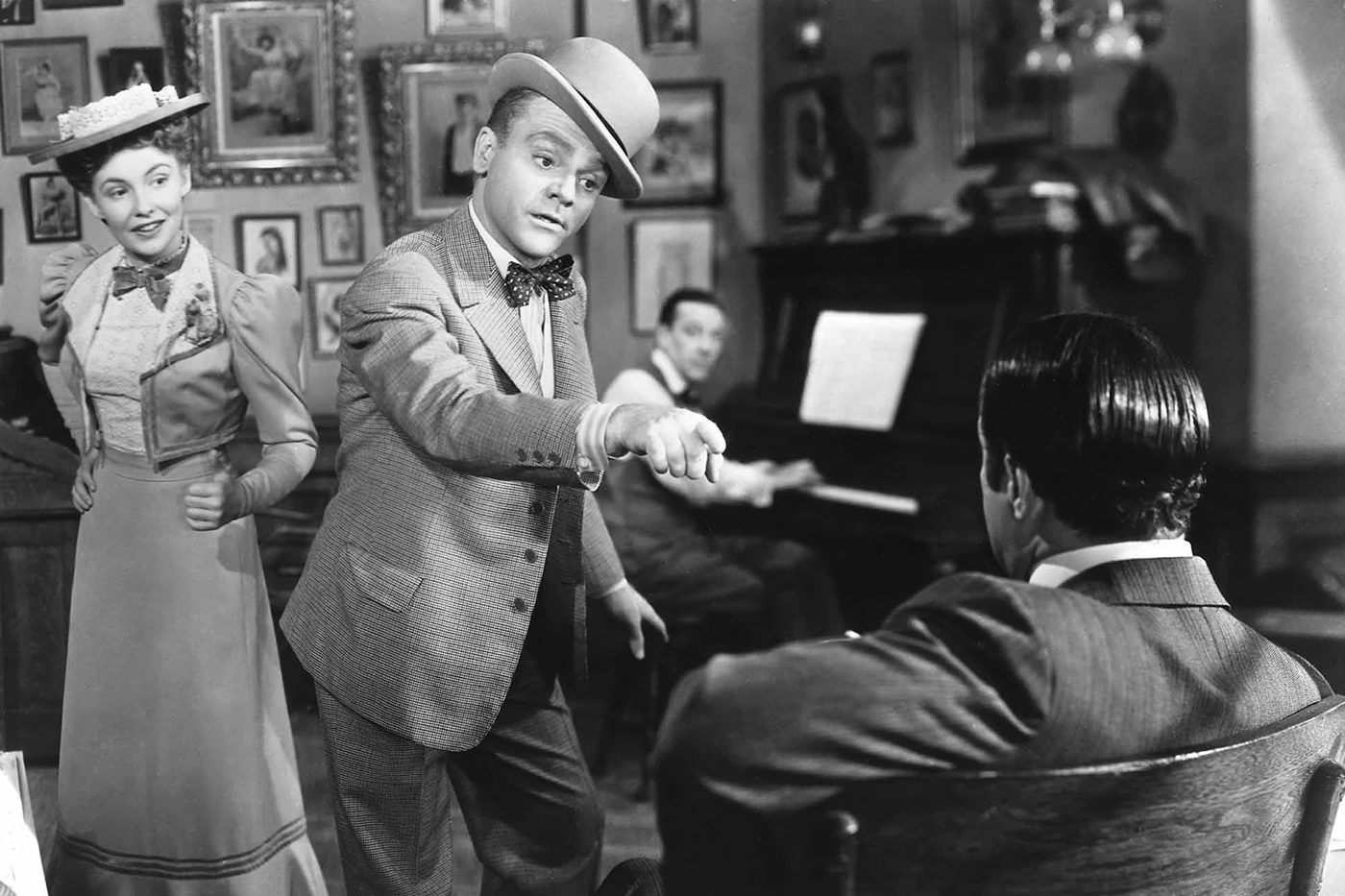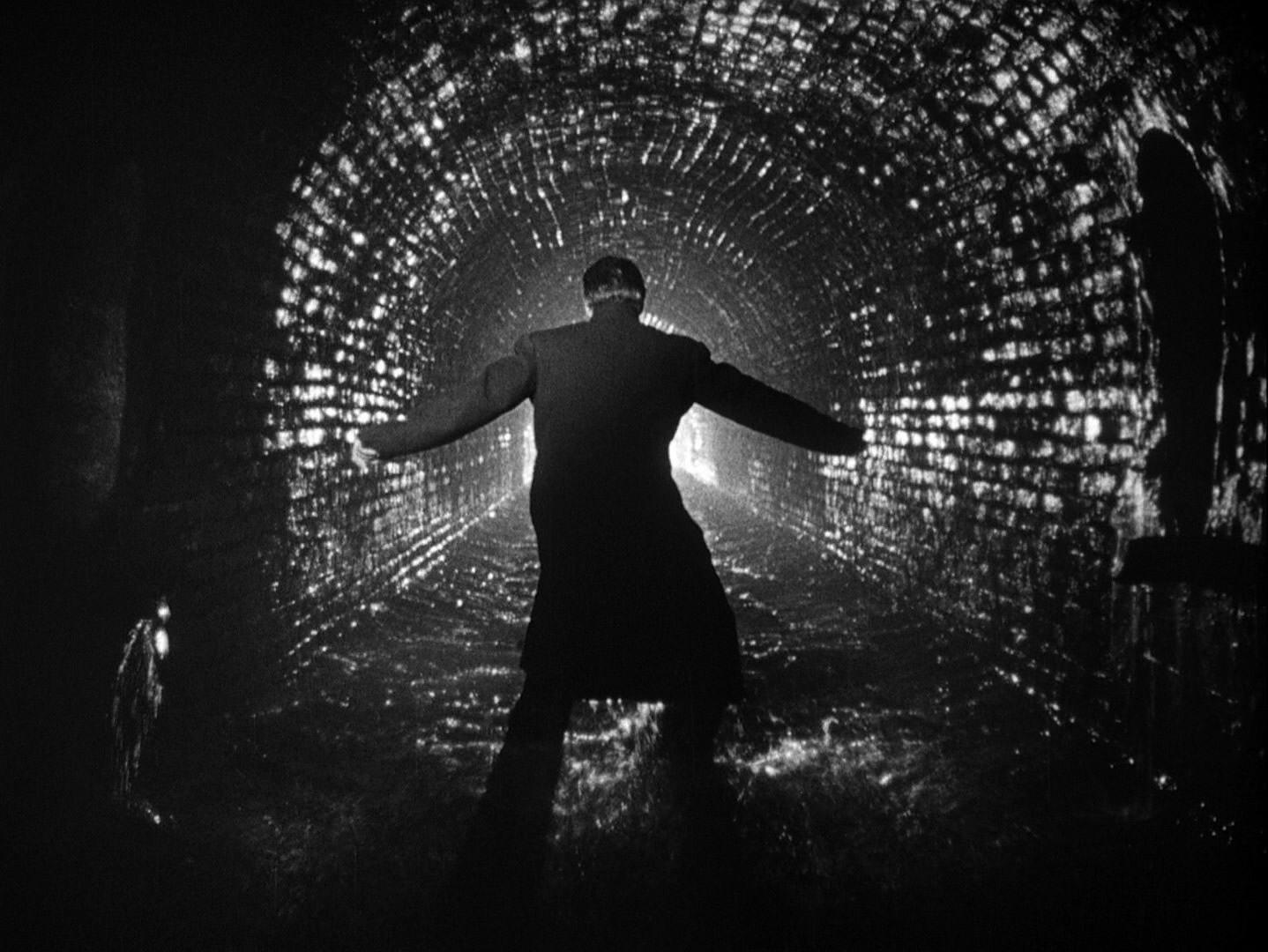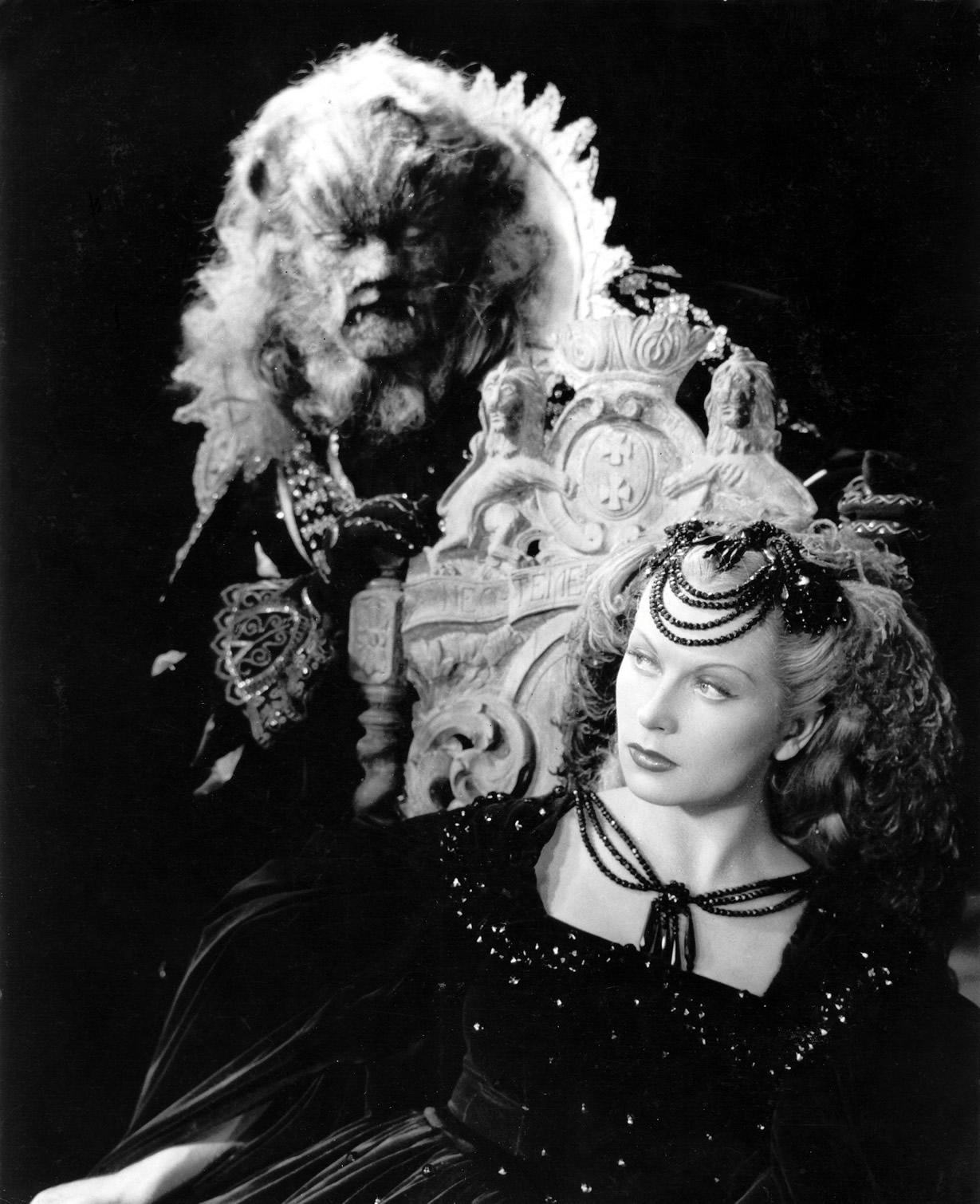The Birth of a Nation (1915) is a difficult film to wrap your mind around. Clearly racist in its intent, it’s also a perceptive and ground-breaking film. You may not be accustomed to dealing with propaganda and art in the same package, though there are other examples, mostly notably Leni Riefenstahl’s Triumph of the Will (it praises the rise of Hitler’s Nazi party) and the operas of Richard Wagner (he was anti-Semitic and, by all accounts, a generally odious man). Can we somehow detach the good from the bad? Or should we discard the whole as unredeemably tainted?
In D.W. Griffith’s case, I think we can — and should — separate the racism from the art. I prefer to think his views on race were more naive than diabolical. Because his other work is central to the development of film as an art form, it would seem strange to ignore this film as though it never existed. One of my fondest memories of NYU was watching a single year of Griffith’s films each semester. Jay Leyda, my doctoral advisor, taught the courses. We watched Griffith try out new techniques, set them aside for a time, and then reapply the techniques as he refined his new cinematic tools.
In a 1949 article in The Sewanee Review, Leyda addressed the contradictory nature of The Birth of a Nation:
This film is a constant anxiety to honest critics: “How can I admit artistic or even technical greatness in a film that has written such a history of injury and misuse?” Evasion of this contradiction usually transfers the laurels and emphasis to the “less harmful” Intolerance. Another evasion of this critical hazard is to reject totally the injurious film. This does justice neither to an important film nor to truth, in whose name the rejection is usually made. This film-goer has learned to look at The Birth of a Nation as at two distinct films — and it is the second of these that contains not only the racist melodrama and raw historical distortion of Thomas Dixon’s pennydreadfuls, but also the most dazzling and least useful of Griffith’s innovations . . . One could suspect that, unconsciously, the dynamics of this part of the film were intended to drive from the spectator’s mind those thoughts and questions roused by the film’s first half. For me this first part is self-contained, ending on one of the greatest and most tragically final images of all film-time — the open arms that welcome the returning colonel, stumbling across the pillared porch to his unseen but not unaltered family. This is a film that repays the most minute and repeated examination.
Perhaps the best strategy for understanding this dual-sided film is to watch it simultaneously with two minds. One mind should be skeptical of the historical facts in the movie, especially as they relate to race relations. The other mind should remain receptive to the narrative and technical skills of one of our finest directors. Can sensitive cinematic storytelling coexist with hateful propaganda? Obviously, they can coexist, though there’s still a question as to how much weight to give to the morally despicable elements when evaluating the work as a whole.
The Birth of a Nation
(1915; directed by D.W. Griffith)
Kino International (Blu-ray and DVD)
Friday, October 18 at 8:00 p.m. eastern on Turner Classic Movies
